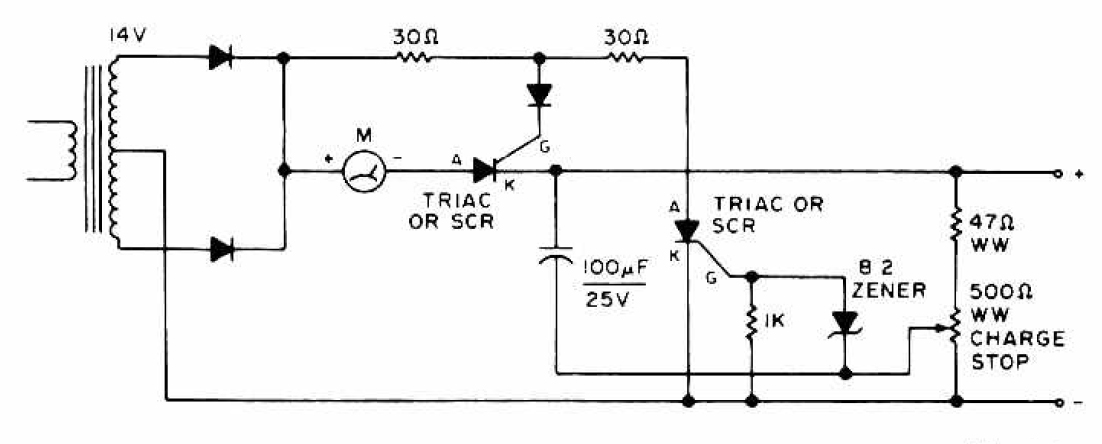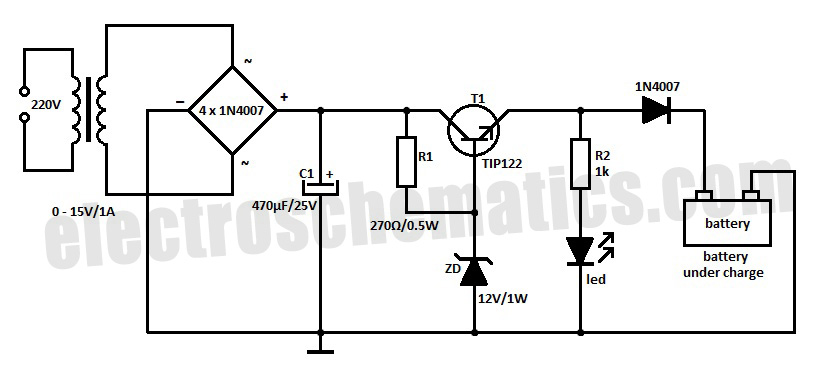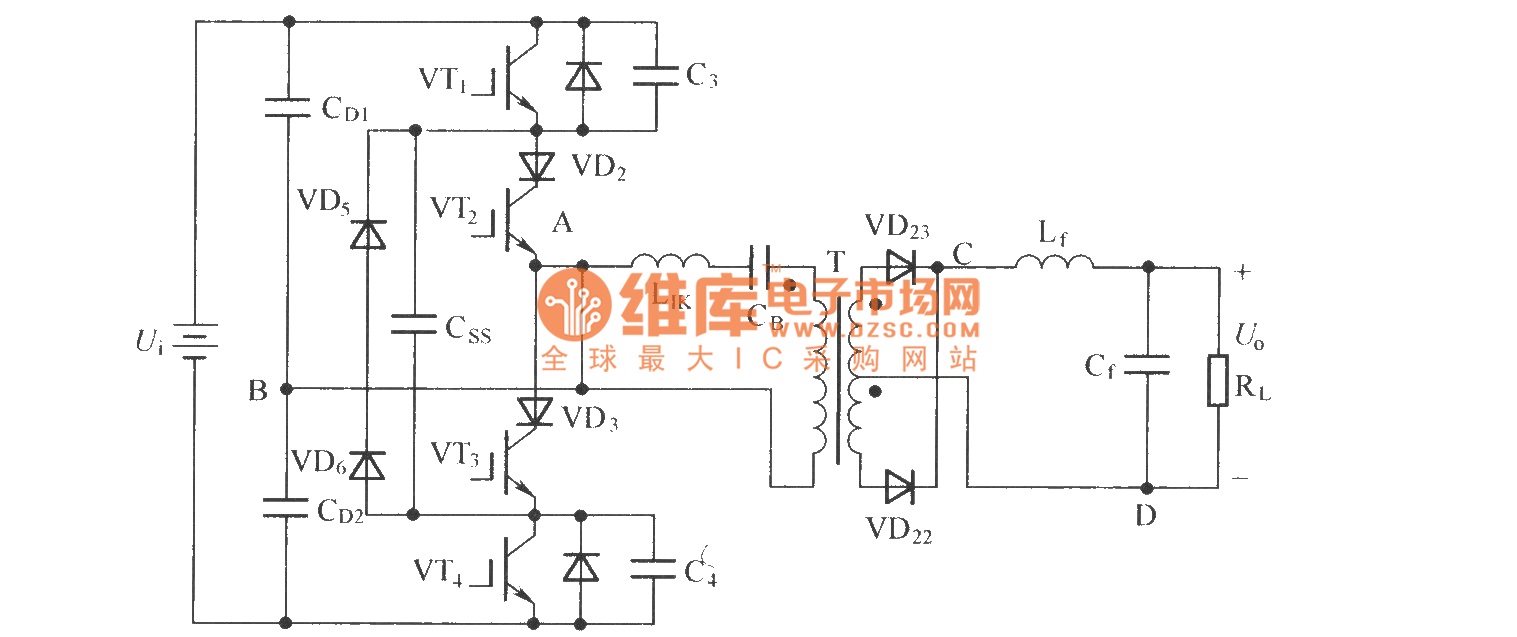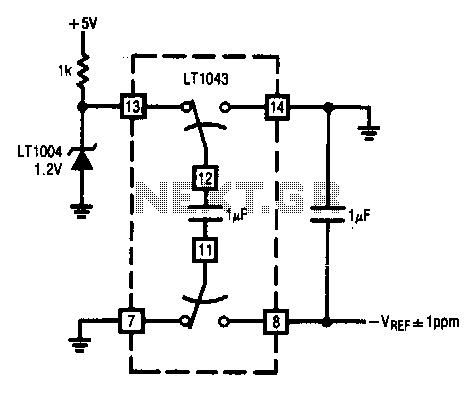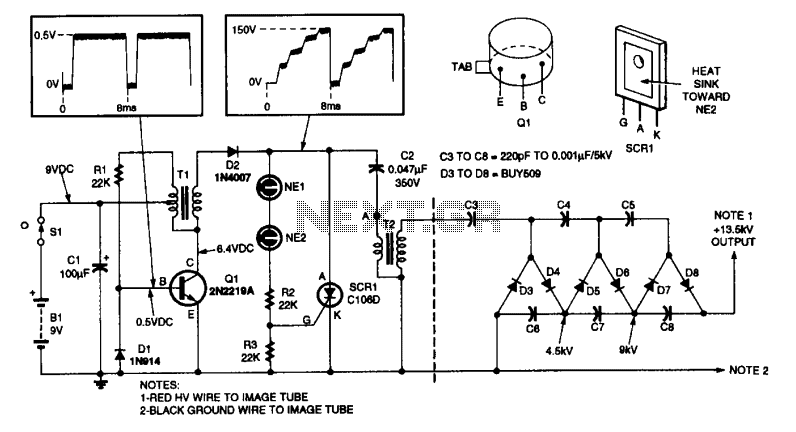
Voltage Level Translator
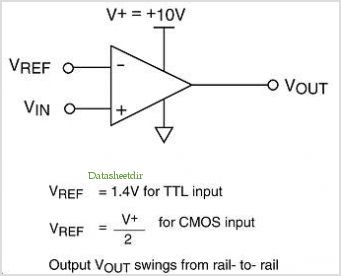
Applications include the 900 MHz ISM Band, Satellite TV LNB IF Amplifiers (950 - 2150 MHz), 1575 MHz GPS, 2.4 GHz ISM Band (802.11 b/g WLAN, Cordless, etc.), "SDARS" Satellite-based Radio (2.33 and 2.6 GHz), 5-6 GHz WLAN (802.11a), and 5 GHz Cordless Phones. Overview: A wideband, feedback low noise amplifier (LNA) operates from 200 MHz to 6 GHz, utilizing the ultra-low noise BFR740L3RH RF transistor in a TSLP-3-9 leadless package with a height of only 0.32 mm. The Silicon-Germanium BFR740L3RH B7HFe ultra-low-noise RF transistor is demonstrated in a simple, low-cost general-purpose wideband LNA application. 0201 case size passive components are employed to minimize the occupied PCB area. The BFR740L3RH TSLP-3-9 package measures only 1 x 0.6 x 0.4 mm and is suitable for module integration. The complete amplifier occupies only 16 mm² of PCB area.
The described low noise amplifier (LNA) is engineered for various applications across a broad frequency range, making it highly versatile for RF design. The 900 MHz ISM band and satellite communications are among the key applications, where low noise figures are essential for maintaining signal integrity and overall system performance. The BFR740L3RH transistor, characterized by its ultra-low noise figure and high gain, plays a pivotal role in achieving the desired amplification while minimizing signal degradation.
The TSLP-3-9 package design is particularly advantageous for compact applications, as it allows for integration into space-constrained environments. With dimensions of 1 x 0.6 x 0.4 mm, the package supports high-density PCB layouts, which is critical in modern electronic designs. The use of 0201 passive components further enhances the compactness of the circuit, ensuring that the footprint of the LNA remains minimal while still delivering optimal performance.
In terms of performance, the LNA is designed to operate efficiently over a frequency range of 200 MHz to 6 GHz, making it suitable for various wireless communication standards, including WLAN (802.11 b/g/a) and satellite radio. The feedback mechanism incorporated in the design helps to stabilize the gain across the operating frequency range, providing consistent performance and improving linearity.
Overall, this low noise amplifier presents a robust solution for applications requiring high performance in a compact form factor, making it an excellent choice for engineers looking to optimize their RF designs. The careful selection of components and the innovative packaging contribute to the amplifier's effectiveness in diverse communication systems.Applications 900 MHz ISM Band, Satellite TV LNB IF Amplifiers (950 - 2150 MHz), 1575 MHz GPs 2. 4 GHz ISM Band (802. 11 b/g WLAN, Cordless, etc. ), "SDARS" Satellite - based Radio (2. 33 and 2. 6 GHz), 5 - 6 GHz WLAN (802. 11a), 5 GHz Cordless Phones, etc. Overview A Wideband, Feedback Low Noise Amplifier (LNA) for 200 MHz to 6 GHz, using the Ultra Lo w Noise BFR740L3RH RF Transistor in TSLP-3-9 Leadless Package with a height of only 0. 32 mm. The Silicon-Germanium BFR740L3RH B7HFe Ultra-Low-Noise RF Transistor is shown in a simple, low-cost general-purpose wideband LNA application. 0201 case size passive components are used to reduce occupied PCB area. The BFR740L3RH TSLP-3-9 package is only 1 x 0. 6 x 0. 4 mm, and is suitable for use in modules. The complete Amplifier only uses 16 mm ² of PCB area. 🔗 External reference
The described low noise amplifier (LNA) is engineered for various applications across a broad frequency range, making it highly versatile for RF design. The 900 MHz ISM band and satellite communications are among the key applications, where low noise figures are essential for maintaining signal integrity and overall system performance. The BFR740L3RH transistor, characterized by its ultra-low noise figure and high gain, plays a pivotal role in achieving the desired amplification while minimizing signal degradation.
The TSLP-3-9 package design is particularly advantageous for compact applications, as it allows for integration into space-constrained environments. With dimensions of 1 x 0.6 x 0.4 mm, the package supports high-density PCB layouts, which is critical in modern electronic designs. The use of 0201 passive components further enhances the compactness of the circuit, ensuring that the footprint of the LNA remains minimal while still delivering optimal performance.
In terms of performance, the LNA is designed to operate efficiently over a frequency range of 200 MHz to 6 GHz, making it suitable for various wireless communication standards, including WLAN (802.11 b/g/a) and satellite radio. The feedback mechanism incorporated in the design helps to stabilize the gain across the operating frequency range, providing consistent performance and improving linearity.
Overall, this low noise amplifier presents a robust solution for applications requiring high performance in a compact form factor, making it an excellent choice for engineers looking to optimize their RF designs. The careful selection of components and the innovative packaging contribute to the amplifier's effectiveness in diverse communication systems.Applications 900 MHz ISM Band, Satellite TV LNB IF Amplifiers (950 - 2150 MHz), 1575 MHz GPs 2. 4 GHz ISM Band (802. 11 b/g WLAN, Cordless, etc. ), "SDARS" Satellite - based Radio (2. 33 and 2. 6 GHz), 5 - 6 GHz WLAN (802. 11a), 5 GHz Cordless Phones, etc. Overview A Wideband, Feedback Low Noise Amplifier (LNA) for 200 MHz to 6 GHz, using the Ultra Lo w Noise BFR740L3RH RF Transistor in TSLP-3-9 Leadless Package with a height of only 0. 32 mm. The Silicon-Germanium BFR740L3RH B7HFe Ultra-Low-Noise RF Transistor is shown in a simple, low-cost general-purpose wideband LNA application. 0201 case size passive components are used to reduce occupied PCB area. The BFR740L3RH TSLP-3-9 package is only 1 x 0. 6 x 0. 4 mm, and is suitable for use in modules. The complete Amplifier only uses 16 mm ² of PCB area. 🔗 External reference
